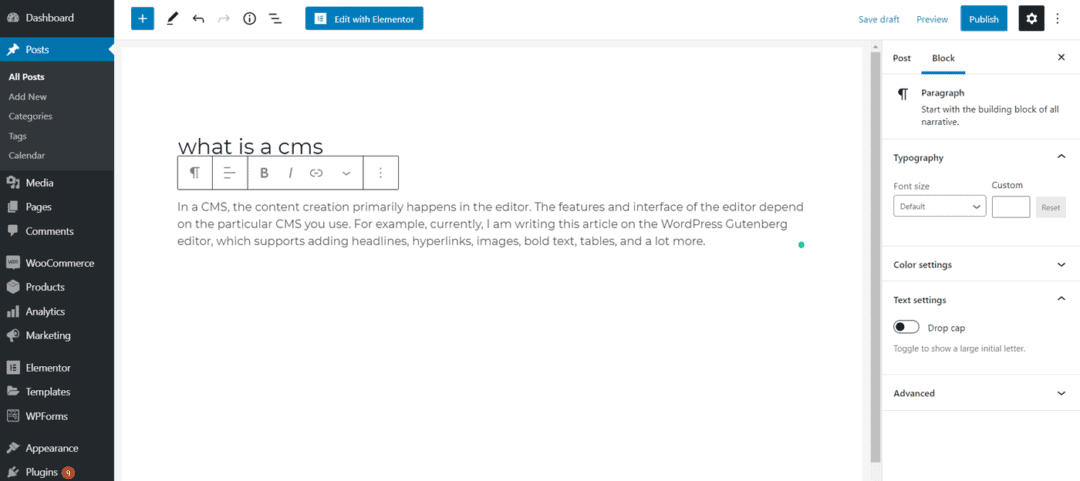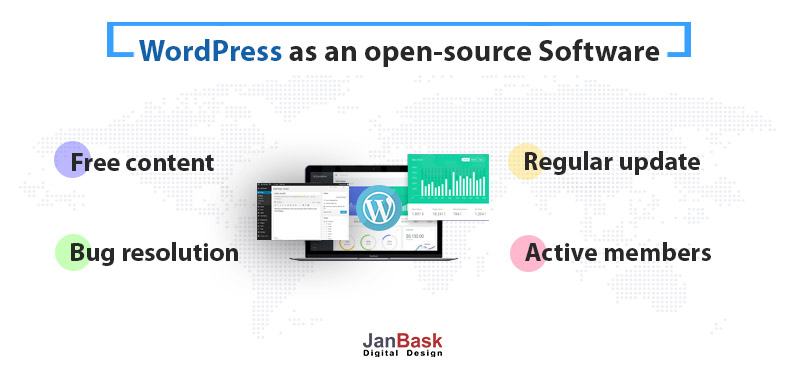


It allows engineers to create custom fields for each component. On the other hand, Craft remains customizable in every aspect by not making assumptions about a website’s content. Site designers in this manner have to be compelled to do a great bargain of tweaking to get a WordPress site to look unique. Organizations that utilize WordPress will have the same essential formats as their competitors. WordPress was initially just a blogging platform and hasn’t advanced much beyond that particular reason since then. One of the most compelling features of Craft CMS from a content administrator’s perspective is the ability to save draft versions and send them to other members of their group for sign-off before distributing them to the public. Still, Craft CMS does a better job of administrative tasks and simplifying the interface, showing only the relevant information for marketing teams and blog content such as page performance, user engagement e.t.c.Ĭraft encompasses a built-in Live Preview feature so content managers can see the change made in real-time. Craft CMS vs WordPress: Ease of Useīoth WordPress and Create CMS admin panels look identical and work similarly on first look. This mechanism allows Craft websites to load extremely quickly, even when their pages contain many images. While Craft CMS, on the other hand, has numerous of the desired, out-of-the-box functionality that would require a plugin to access in WordPress.Ĭraft CMS uses Imgix to optimize images by automatically cropping and sizing them before displaying them on the page. To bring a WordPress website up to the speed of Craft CMS, you’ll need to stuff in additional plugins to achieve what should be base functionality. This includes bulk to each page stack and puts pressure on users’ browsers. WordPress plugins, such as Jetpack, utilize extensive Javascript codes to customize core behavior. The simple one-click updates keep your site safe and secure. With Craft CMS, updates come at the cost of a $99 annual recurring fee, and it’s well worth it. Also, in general, Craft’s security is much more reliable than any other CMS. Craft CMS uses PDO for all database queries and parameters around its dynamic values to prevent SQL injection attacks.
Wordpress cms update#
WordPress is the more used CMS among the two competitors, which is part of the reason for its frequent attacks, since many websites on WordPress are poorly maintained, with every plugin added posing an entry point and therefore security risk to its site, leaving a door wide open for attackers to gain access, results in the security breaches.Ĭraft takes both security and stability extremely seriously, with bugs updated quickly and efficiently using their rapid update cycle set up. Craft CMS vs WordPress: Security & Stability This gives the designers and developers the creative freedom to develop and design something distinct and engaging for users and easy to use. Craft CMS provides users a blank canvas so they can be built from the ground up. Of course, WordPress gives you the freedom to build your own theme from scratch, but this is more costly.Ĭraft CMS has no plan restrictions. Despite the vast choice of plugins available on WordPress, a number of these plugins are buggy and highly unusable. The snag is that many websites end up looking very alike, resulting in losing their audience.Īlso, there are issues of quantity over quality. WordPress has a massive demand for developers to build plugins for WordPress. Comparing both content management systems in the following categories will provide the users and reader a much clear idea about the value both CMS holds: Craft CMS vs WordPress: Themes and Plugin We compared a few major features of Craft CMS and WordPress.
Wordpress cms code#
WordPress is theme-based, and although a theme can be set up relatively easily without having to code it from scratch, it does mean that there is going to be a lot of unnecessary code that will slow a website down. The CMS components have extended over time but were not part of the core WordPress platform that was introduced, and a lot of functions and themes are available through plugins. WordPress has evolved from being a blogging platform to a CMS.


 0 kommentar(er)
0 kommentar(er)
